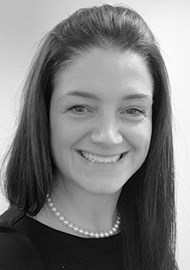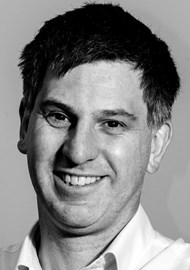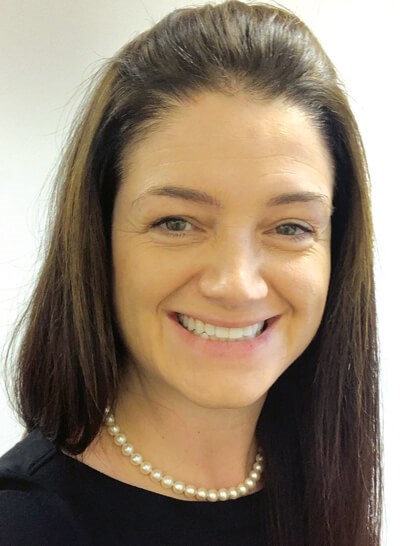
Emma Stapleton,
MBChB, FRCS (ORL-HNS),
Consultant Otolaryngologist,
Cochlear Implant and Skull Base Surgeon,
Manchester Royal Infirmary, UK.
E: emmastapleton@doctors.org.uk
Twitter: @otolaryngolofox
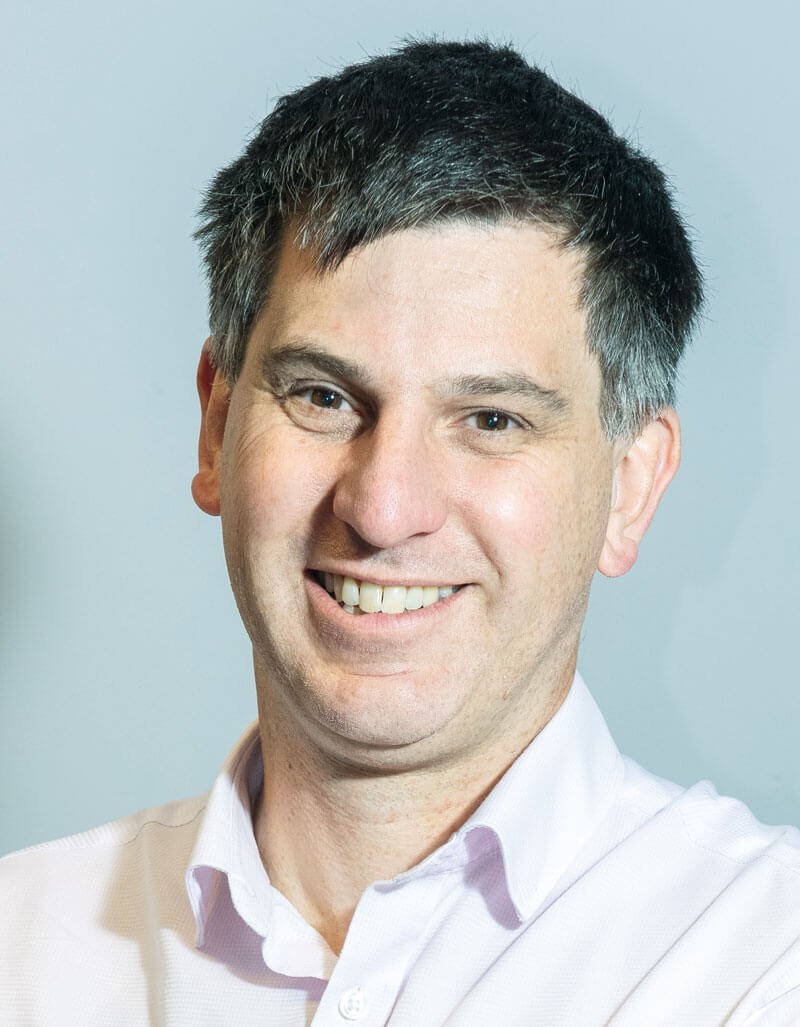
Ralph Holme,
Director of Research and Insight,
RNID, UK. Ralph.
E: Holme@rnid.org.uk
W: www.rnid.org.uk
For Mar/Apr 2022, we sang the praises of the outer ear. Six months later, we’ve leapt from the outer layer of the tympanic membrane, whizzing past the beautiful contents of the middle ear (apologies, ossicles, we will be back), and we’ve landed in the round window niche. The round window of the cochlea, just 1mm in diameter, is the entrance to the inner ear: home of fascinating physiology and inspired science and, of course, the doorway to the exciting world of inner ear therapeutics. And what a sensational world this is.
Our most celebrated contributor this issue is our old friend Gerry O’Donoghue, who’s contributed to two feature articles: the Lancet Commission on Hearing Loss and a delightful interview with Professor Helge Rask-Andersen. If we go hurtling back in time nearly 30 years to our first ever news article, it was a preview for a Molecular Genetics in Hearing Impairment Course, to be held at the Royal Society of Medicine in London in 1993, organised by the one and only Gerry O’Donoghue (see photo below). So, Gerry’s contribution to this issue has a special relevance to the magazine, and we thank him for his enduring commitment to auditory science.
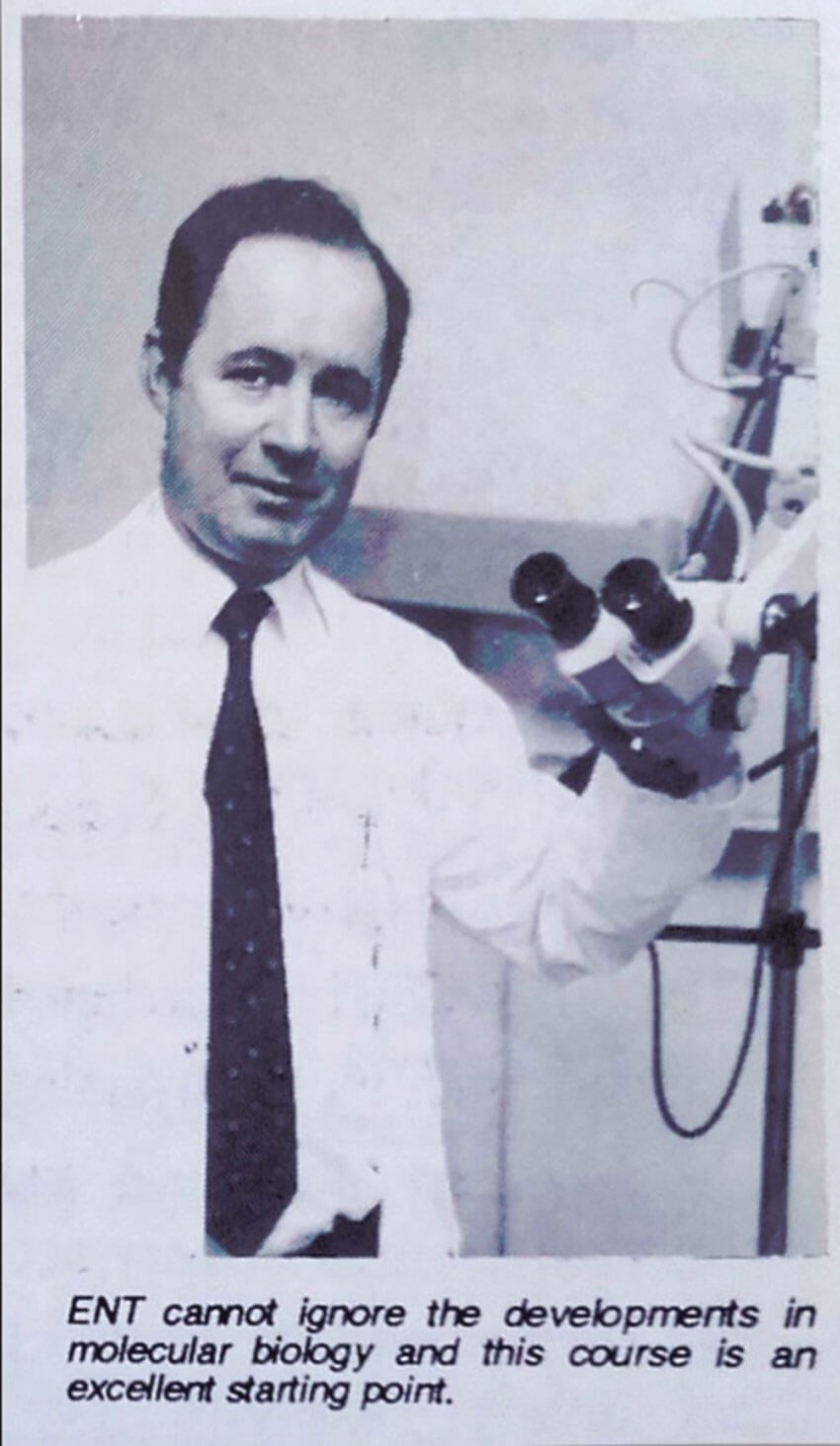
Genetics in hearing continues to be a hot topic and Emma Burkitt-Wright, Thomas Monk and Manohar Bance share an update on genomic testing for deafness, whilst John McDermott and Bill Newman tell us about rapid genetic testing to avoid hearing loss in neonates.
We also hear about the interface of cochlear implants and therapeutics, microneedles for inner ear precision medicine, and cell therapies for hearing loss.
David McAlpine and team advise us to ‘mind the gap’ in their excellent feature on developing a sustainable pipeline for inner ear therapeutics, and if your mind has been blown by the futuristic and aspirational themes so far, you need only look to where Daniel Ahari reviews the evidence for intratympanic steroids in Ménière’s disease. Finally, Dr Jaclyn Tan interviews her London-based colleagues who share their wisdom on auditory neuropathy spectrum disorder.
We’ve felt inspired and fascinated by the features in this special issue, and we hope you do too. They’ve been thoughtfully written by colleagues across the globe, from peri-retirement professors to a (particularly talented) medical student. Diversity of thought is essential as we move forward in this exciting era of inner ear therapeutics, and we thank all our contributors to this issue for sharing their expertise and experience.
Click the links below to see Inner Ear Therapeutics articles:

